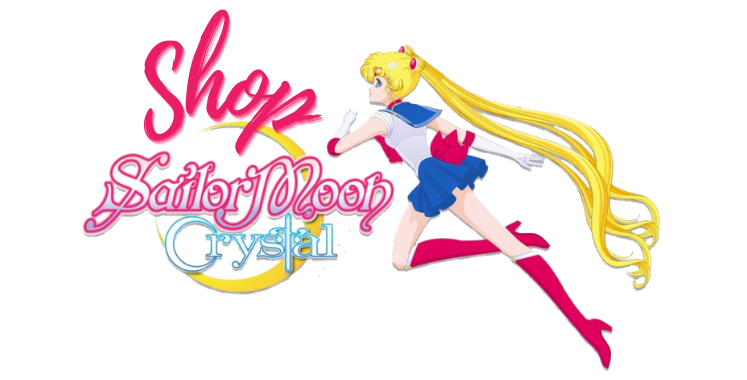Nicht kategorisiert
Unlocking Unnamed Memory Techniques to Access Hidden Recollections
Memory is a complex and fascinating aspect of human cognition. While many people rely on traditional memory techniques, such as mnemonic devices or repetition, there exists an array of less conventional methods that may offer greater success for unlocking memories that lay dormant within our minds. One such concept is the “Unnamed Memory store,” a theoretical framework designed to assist individuals in retrieving hidden recollections that are often overlooked or forgotten. This blog delves into these unnamed memory techniques, aiming to empower you in your quest to access your untapped cognitive resources.
Understanding the Unnamed Memory Store
The idea of the Unnamed Memory Store stems from the notion that our brains harbor a multitude of memories—including those we may not be consciously aware of. This memory store is not categorized or distinctly labeled, making it challenging to access without the right prompts. By exploring various techniques that encourage us to revisit these hidden parts of our memory, we can foster a deeper understanding of our past and ultimately enhance our cognitive abilities. These methods include visualization, emotional anchoring, and sensory stimulation, each capable of unlocking memories that reside within the Unnamed Memory Store.
Visualization Techniques
One of the most effective unnamed memory techniques is visualization. This approach encourages individuals to create mental images that represent the memories they wish to uncover. By engaging in a vivid and detailed visualization exercise, people can stimulate their senses and evoke the emotions tied to specific memories. For instance, if you’re trying to recall a childhood experience, visualizing the setting—complete with sounds and smells—can serve as a powerful catalyst for recollection. This process acts like a key to the Unnamed Memory Store, allowing you to access otherwise unreachable memories associated with that particular time and context.
Emotional Anchoring
Another intriguing technique is emotional anchoring, which is based on the concept that emotions play a significant role in memory retrieval. By anchoring certain emotions to specific memories, you can create mental pathways that facilitate access to your Unnamed Memory Store. For example, think of a song or a scent that evokes strong emotions and associate it with a particular memory. When you experience that song or scent again, it can trigger a flood of memories connected to those feelings. Exploring and amplifying your emotional repertoire may enhance your ability to extract hidden recollections and make sense of your past experiences.
Sensory Stimulation
Lastly, sensory stimulation acts as another powerful mechanism for accessing the Unnamed Memory Store. Engaging various senses—such as taste, touch, and smell—can evoke vivid memories that may have otherwise remained dormant. For example, trying a dish that you loved in your childhood can instantly transport you back to a specific moment in time. Surrounding yourself with familiar sounds or textures can also provide access points to your memories. By incorporating sensory experiences into your memory exploration, you can unlock layers of recollection that may have long been hidden from your conscious mind.
Conclusion
Unlocking the treasures within the Unnamed Memory Store requires patience, creativity, and an open mind. By employing visualization, emotional anchoring, and sensory stimulation techniques, you can re-establish connections with memories that may have been locked away for years. Exploring these unnamed memory techniques invites a richer understanding of yourself, offering insights into your personal history and emotional landscape. As you embark on this journey, remember that the mind is a powerful tool, and with the right techniques, you can access the full depth of your forgotten recollections.

